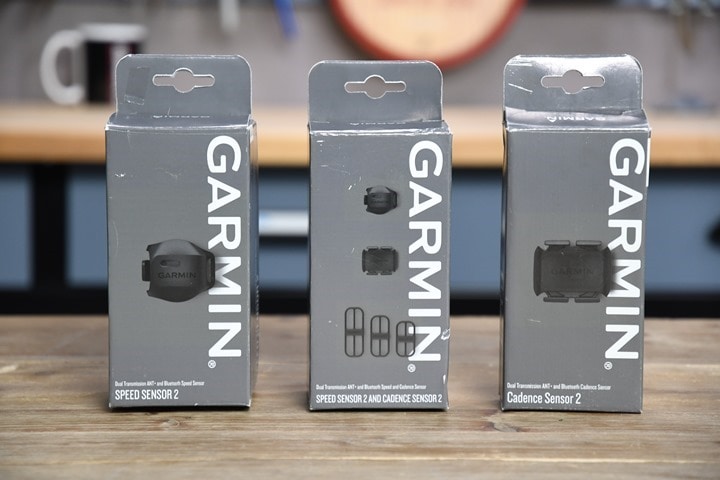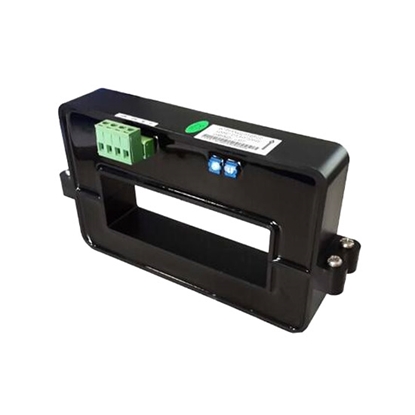
If working accurately, you can expect a simple, quick and safe measure of the oxygen saturation level in your body. Read about COVID-19 and pulse oximetry in our Each Breath Blog: Pulse Oximetry – A Little Knowledge can be a Dangerous Thing. It is important to share readings that are abnormal or inconsistent with your healthcare provider. This is why the numbers from a pulse oximeter should not be used in isolation to determine your state of health. If you have poor circulation, dark skin pigmentation, thick skin, currently use tobacco, your skin temperature is cool, or you are wearing dark fingernail polish, long, artificial nails or if your fingers are not clean, the pulse oximeter may give inaccurate or inconsistent readings. In February 2021, the Food and Drug Administration issued an alert on limitations of pulse oximeters. If using this in a home setting, you should ask your healthcare provider before disposing of a pulse ox device, as it can be expensive and is reusable. The device may then be reused or disposed of.



Pulse oximeters can be attached to your fingers, forehead, nose, foot, ears or toes. The pulse oximeter, or Pulse Ox, is an electronic device that measures the saturation of oxygen carried in your red blood cells. If you have a symptom of shortness of breath or a known lung or heart condition, your doctor may recommend use of a pulse oximeter.


 0 kommentar(er)
0 kommentar(er)
